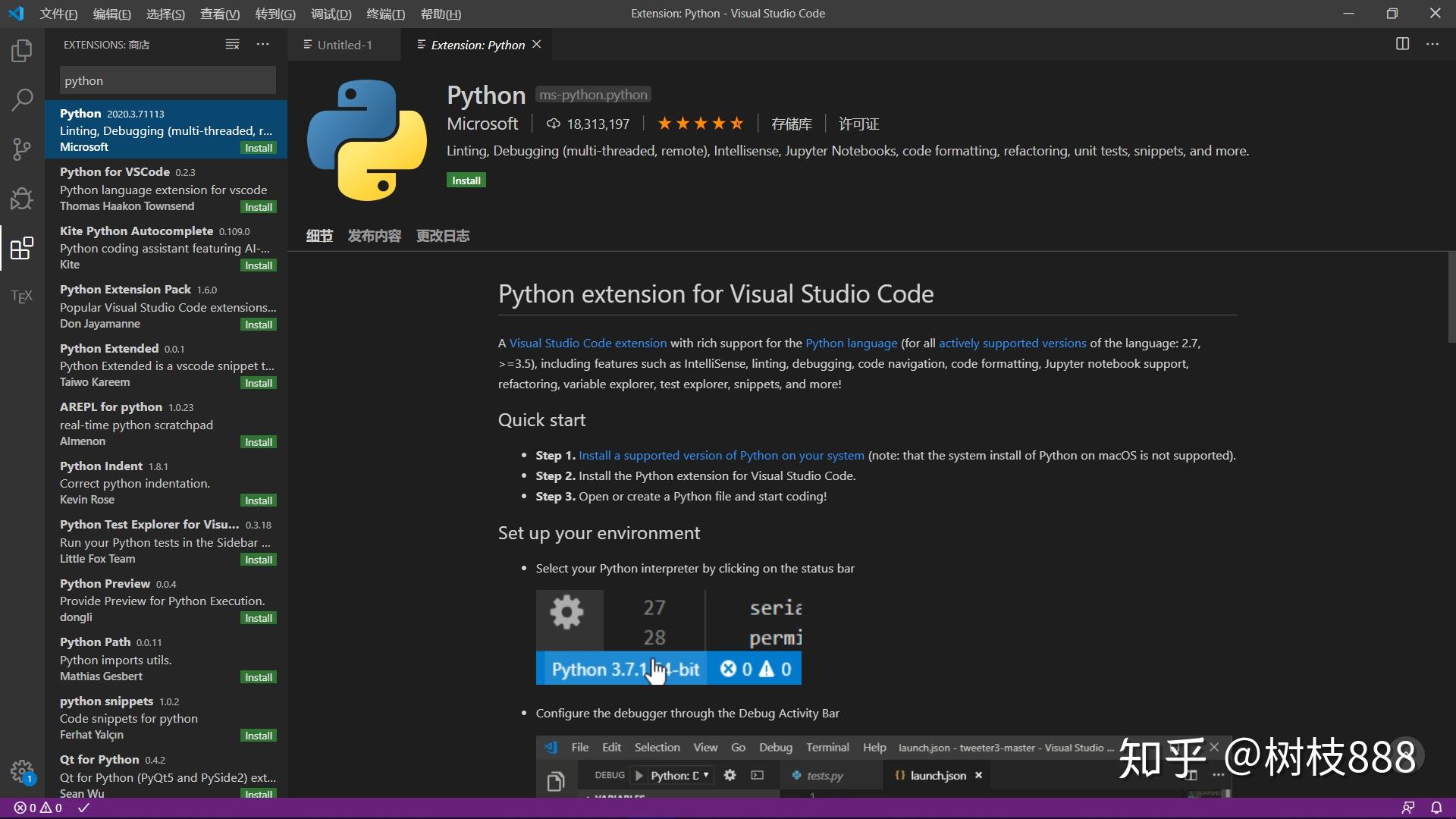

Also the mean signal DKI might provide you an alternative and more precise non-gaussian diffusion characterisation ( ). see chapter 3 of ) - code available in dipy ( ) ( ). To improve DKI performance try to Denoise your data, and also Gibbs unring (e.g. Radial and axial kurtosis can also have a noisier aspect because these estimates are not well define in crossing white matter regions and grey matter, such and axial and radial diffusivity ( ).


DKI provides you a nice quantification of non-Gaussian diffusion (information that you cannot capture using techniques such as DTI), however its limitation is that is noisy, particularly in perpendicular directions where diffusivities are low (e.g. Unfortunatelly, the VTK guys dont publish a package on PyPI, so this is an easy way out of pain. Go to choose the Downloads menu, hover Mac OS X and a panel with a link to download the official package will appear: Click that, and run the installer: Click Continue: Then click Continue again. As mentioned by Nil, VTK used to offer vtkpython binaries on their download page. You may download it for Windows, Darwin, and Linux from here. As Nil mentioned in comments below, a standalone python interface to VTK is now provided by VTK developers. Hi Actually, considering that you have only 15 directions per shell, your maps looks good. I get the following error: Package python-vtk has no installation candidate (Using Ubuntu). If you are using Mac OS X, try installing everything via MacPorts.


 0 kommentar(er)
0 kommentar(er)
